How Do You Know When to Replace My Flooring?
Replacing your flooring is a major investment that can significantly change the look, feel, and functionality of your home. While many homeowners try to prolong the life of their floors, all materials eventually show signs of aging, wear, or structural damage. Knowing exactly when to replace your flooring can help you avoid expensive repairs, improve safety, and enhance your property’s overall appeal. According to Dumpsters.com, 12% of homeowners who replaced their flooring were giving their homes a face lift to increase their chances of selling. Whether you plan to stay in your home long-term or want to get it market-ready, recognizing the signs that it is time for new flooring is essential. This guide breaks down the key indicators and helps you make a confident decision.
Identifying Visible Wear and Tear
One of the most common signs that it is time to replace your flooring is noticeable wear and tear. Over years of foot traffic, spills, and daily activity, floors naturally begin to deteriorate. Scratches, dents, and stains are often the first visual clues, especially in high-traffic areas such as hallways, living rooms, and entryways.
Hardwood flooring may show deep scratches, warping, or discoloration that refinishing can no longer fix. Laminate and vinyl flooring may start peeling, bubbling, or fading in areas exposed to sunlight. Carpet can develop worn patches, frayed edges, or matting that no amount of cleaning will restore. If the flooring’s appearance impacts the overall look of the room or no longer reflects your standards for cleanliness and comfort, replacement is likely the best option.
Visible damage does more than affect aesthetics. It can also compromise safety. Uneven boards, curling edges, and buckling materials create tripping hazards, particularly for children and older adults. When visual flaws turn into potential risks, it is time to start exploring new flooring options that restore both beauty and safety.
Recognizing Water Damage and Moisture Issues
Moisture is one of the biggest threats to any type of flooring. Whether caused by leaks, spills, humidity, or plumbing issues, water exposure can permanently damage flooring materials over time. Hardwood can swell, cup, or warp. Laminate can delaminate or bubble. Carpet can trap moisture that leads to mold growth and unpleasant odors. Tile may loosen if the subfloor has absorbed water.
Signs of water damage often include dark staining, musty smells, visible mold, or soft spots beneath the surface. If you notice these issues, replacing your flooring may be unavoidable. Leaving moisture damage unaddressed can lead to structural problems beneath the surface, spreading mold, and costly repairs.
If your home has a history of moisture issues, upgrading to more water-resistant flooring may prevent future damage. Modern waterproof vinyl planks, engineered hardwoods designed for humidity, and porcelain tile offer increased protection in moisture-prone rooms such as basements, kitchens, and bathrooms.
Evaluating Outdated Style and Design
Even if your flooring is still functional, it may no longer suit your lifestyle or aesthetic preferences. Trends in home design evolve, and older flooring can make an otherwise updated space feel dated. Older carpet colors, worn-out linoleum, or scratched hardwood can hold back a room’s appearance.
Updating your flooring can give your home an immediate visual refresh, increasing comfort and modern appeal. This is especially important if you plan to sell your home. Many buyers judge the quality of a home heavily on its flooring, as it sets the foundation for every room. According to Dumpsters.com, 12% of homeowners who replaced their flooring were giving their homes a face lift to increase their chances of selling. This statistic shows the value of refreshing your home before listing.
Modern flooring materials offer advanced durability, stain resistance, and design flexibility. Whether you prefer warm wood tones, contemporary tile patterns, or high-performance vinyl, new flooring can create a more cohesive and appealing interior.
Experiencing Persistent Odors or Allergens
Over time, flooring can trap allergens, odors, and contaminants that cleaning cannot fully remove. Carpet is the biggest contributor, as its fibers hold onto dirt, pet dander, pollen, and spills. Even with deep cleaning, older carpet often develops permanent odors.
Hard surfaces like hardwood, laminate, and vinyl may also retain odors if moisture has seeped beneath the planks. Lingering musty or sour smells can indicate mold growth, subfloor moisture issues, or long-term contamination.
For individuals with asthma, allergies, or respiratory concerns, replacing your flooring can dramatically improve air quality. Hypoallergenic flooring options reduce dust buildup and create cleaner, healthier indoor environments. When odors or allergens persist despite regular cleaning, it is typically time to invest in new flooring that provides better comfort and sanitation.
Addressing Structural Problems Beneath the Surface
Sometimes the need for new flooring is less about appearance and more about what is happening below. Subfloor issues can develop due to moisture, age, pests, or improper installation. Soft spots, sagging, and bouncing areas often signal bigger concerns.
If your flooring shifts underfoot, squeaks excessively, or feels uneven, the subfloor may be compromised. Replacing your flooring provides an opportunity to inspect and repair the underlying structure. A solid, stable subfloor is essential for proper flooring performance and longevity.
Structural issues also cause surface problems. Tile may crack, hardwood boards may separate, and laminate may buckle if the subfloor is uneven. Overlooking these issues can lead to worsening damage, higher repair costs, and safety hazards. Replacing your flooring ensures stability and long-term durability.
Noticing Increasing Maintenance and Diminishing Performance
As flooring ages, it often requires more upkeep to maintain its appearance and functionality. Older hardwood may need frequent polishing, carpet may require constant deep cleaning, and laminate may lose its protective coating over time.
If your flooring becomes increasingly difficult to clean or begins showing wear shortly after maintenance, it may have reached the end of its useful life. Materials lose resilience, absorb stains more easily, and become less resistant to daily wear.
New flooring materials are designed to minimize maintenance needs. Waterproof vinyl, stain-resistant carpets, and durable engineered hardwoods all provide solutions that stand up better to modern living. When maintenance becomes a burden, upgrading your flooring can restore ease and convenience.
Observing Changes in Comfort, Noise, and Temperature
Comfort is an important but often overlooked factor when deciding when to replace flooring. Over time, carpet padding breaks down, hardwood grows noisy, and tile loses insulation. Flooring that once felt warm, stable, and comfortable may now feel cold, loud, or uneven.
If your floors feel harder underfoot, sound carries more easily, or temperature differences become noticeable, the flooring materials may be past their prime. Modern flooring can improve insulation, provide better sound absorption, and create smoother transitions throughout your home.
In homes where radiant heating is being added or upgraded, replacing old flooring with more compatible materials can significantly enhance comfort. When your flooring no longer contributes to a comfortable living environment, it is clear that replacement is worth considering.
Knowing when to replace your flooring is essential for maintaining a home that is safe, appealing, and comfortable. Whether you notice visible wear, deal with moisture issues, experience odors, or sense reduced performance, paying attention to these indicators can guide you toward the right time for an upgrade. New flooring improves aesthetics, adds value, and creates a more enjoyable living space. When you are ready to explore high-quality materials and professional support, reach out to Collins Building Materials today.

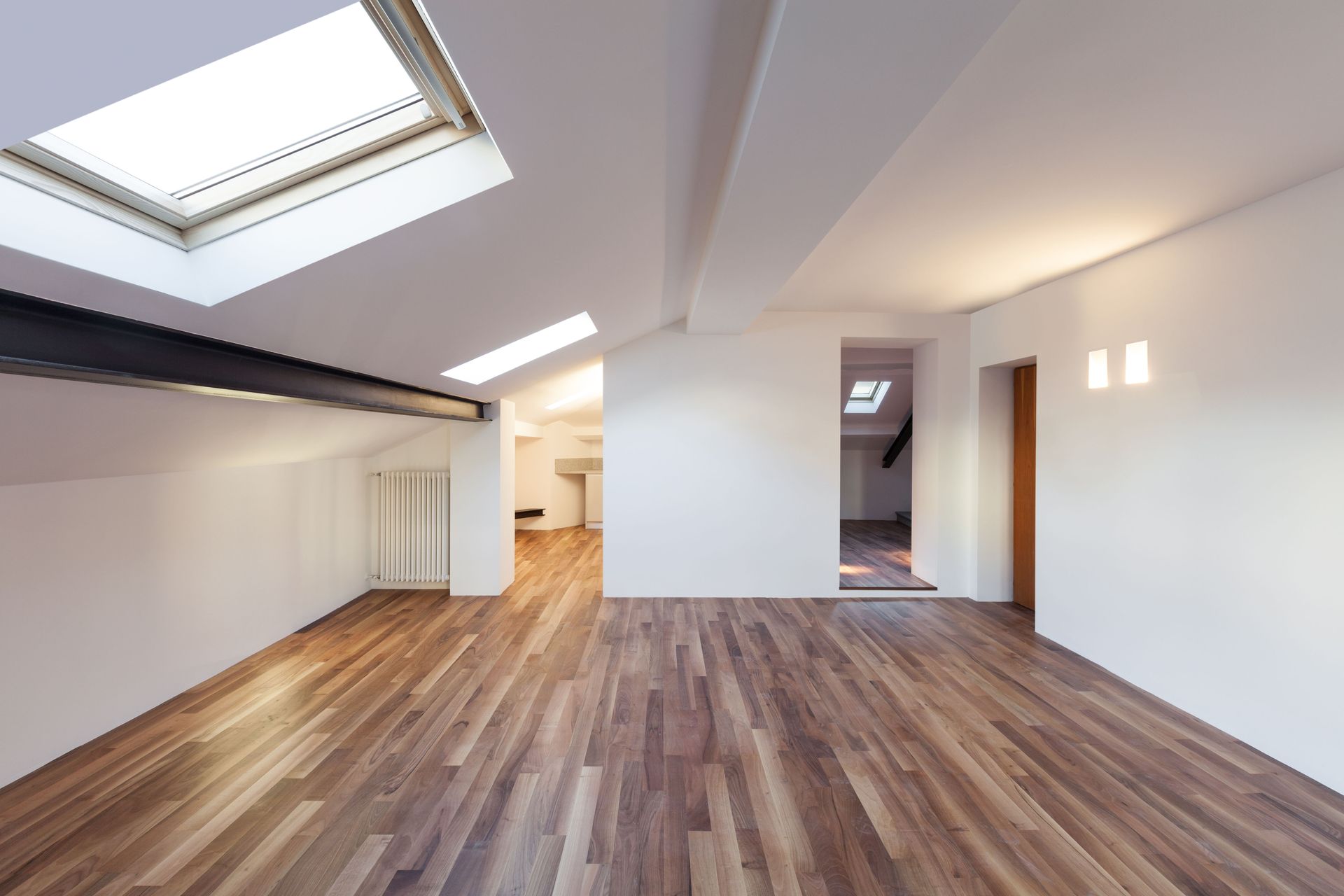
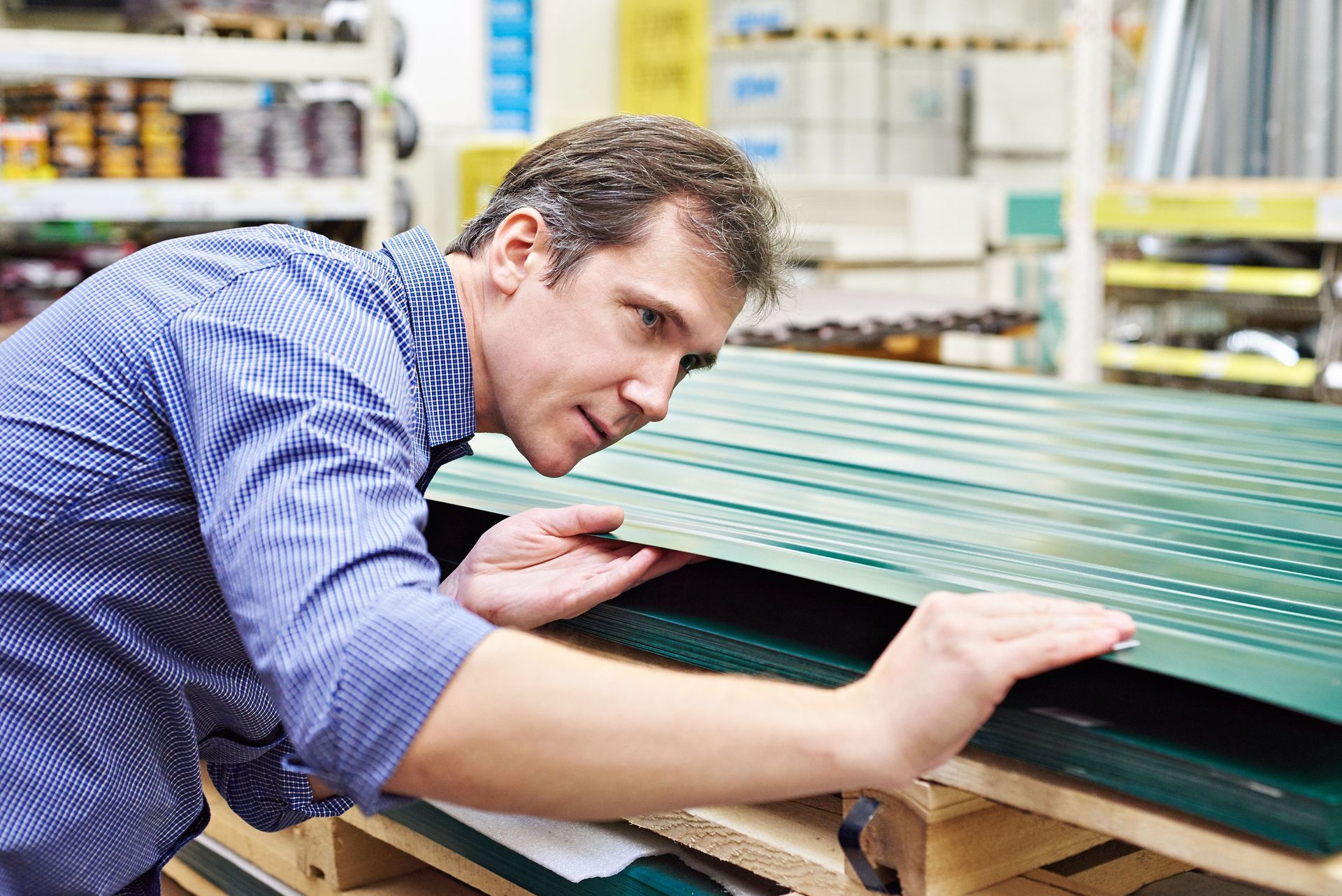
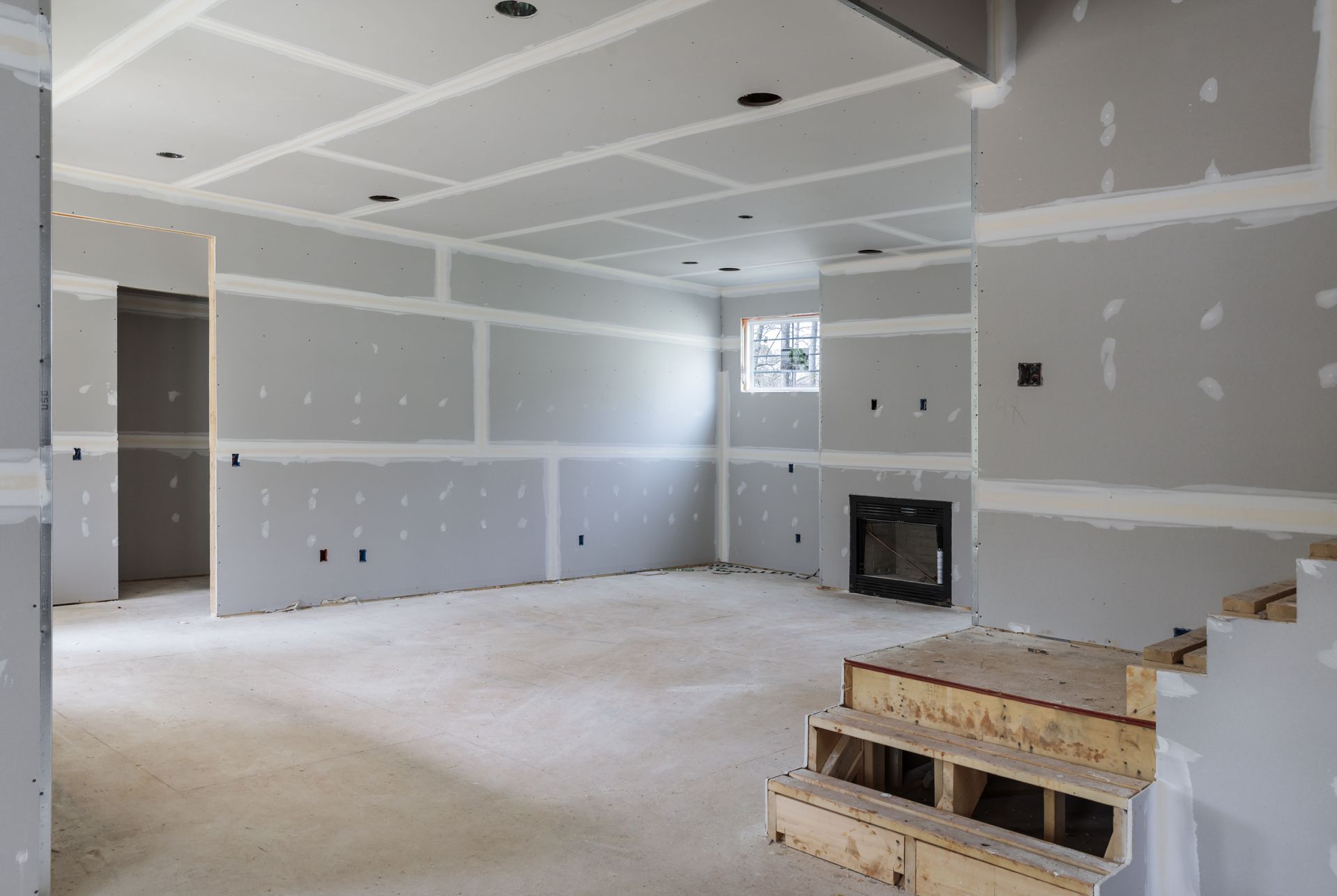
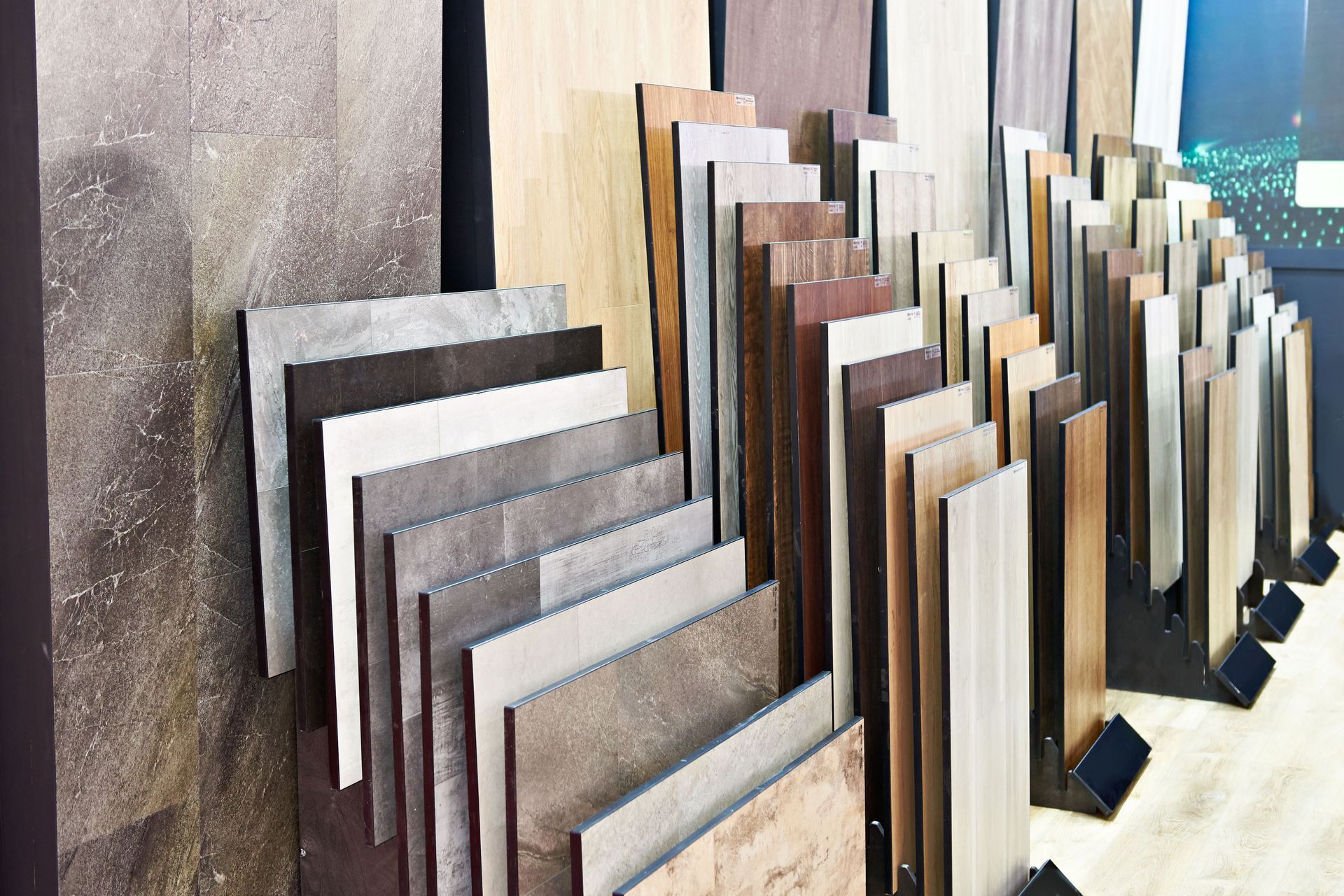
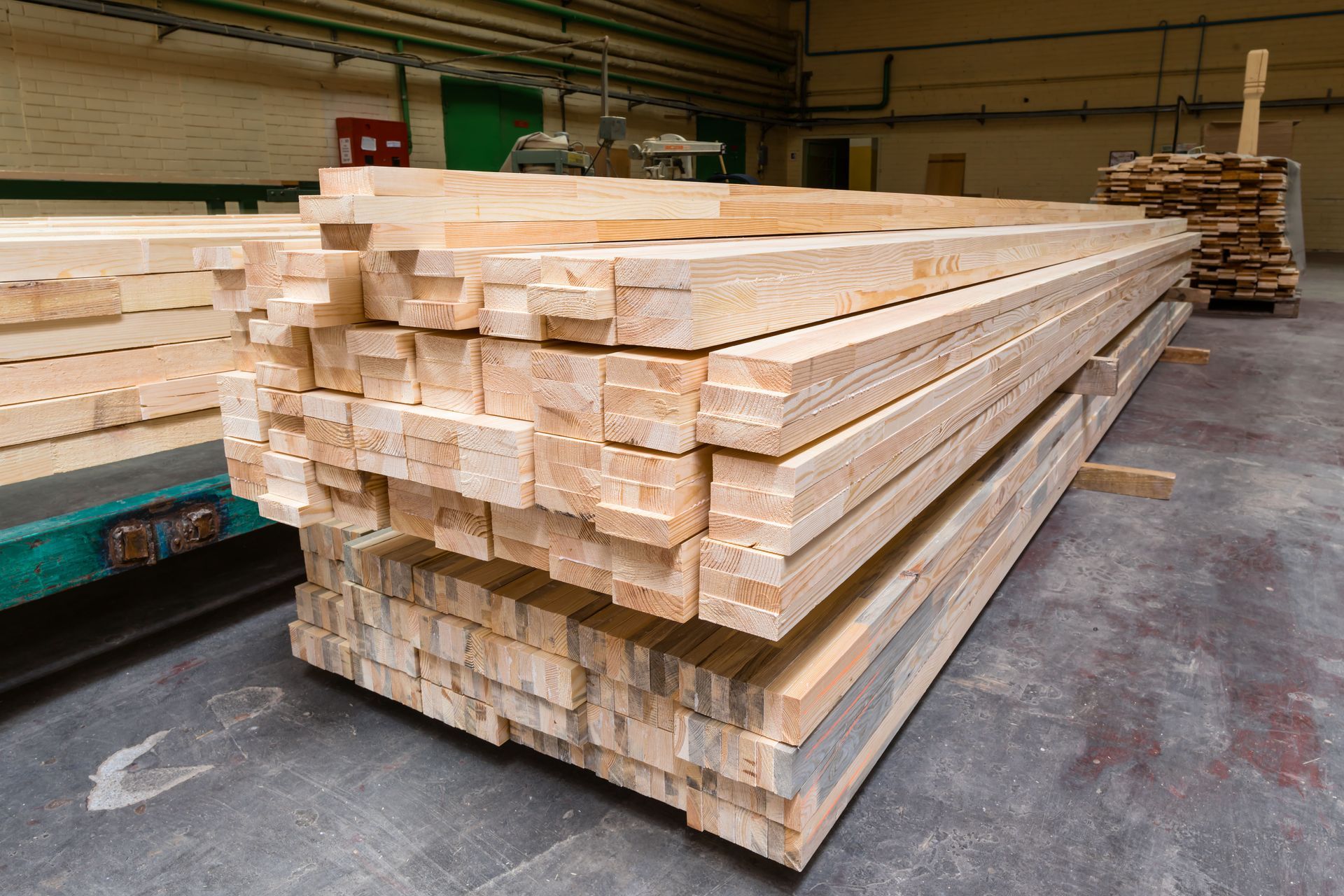

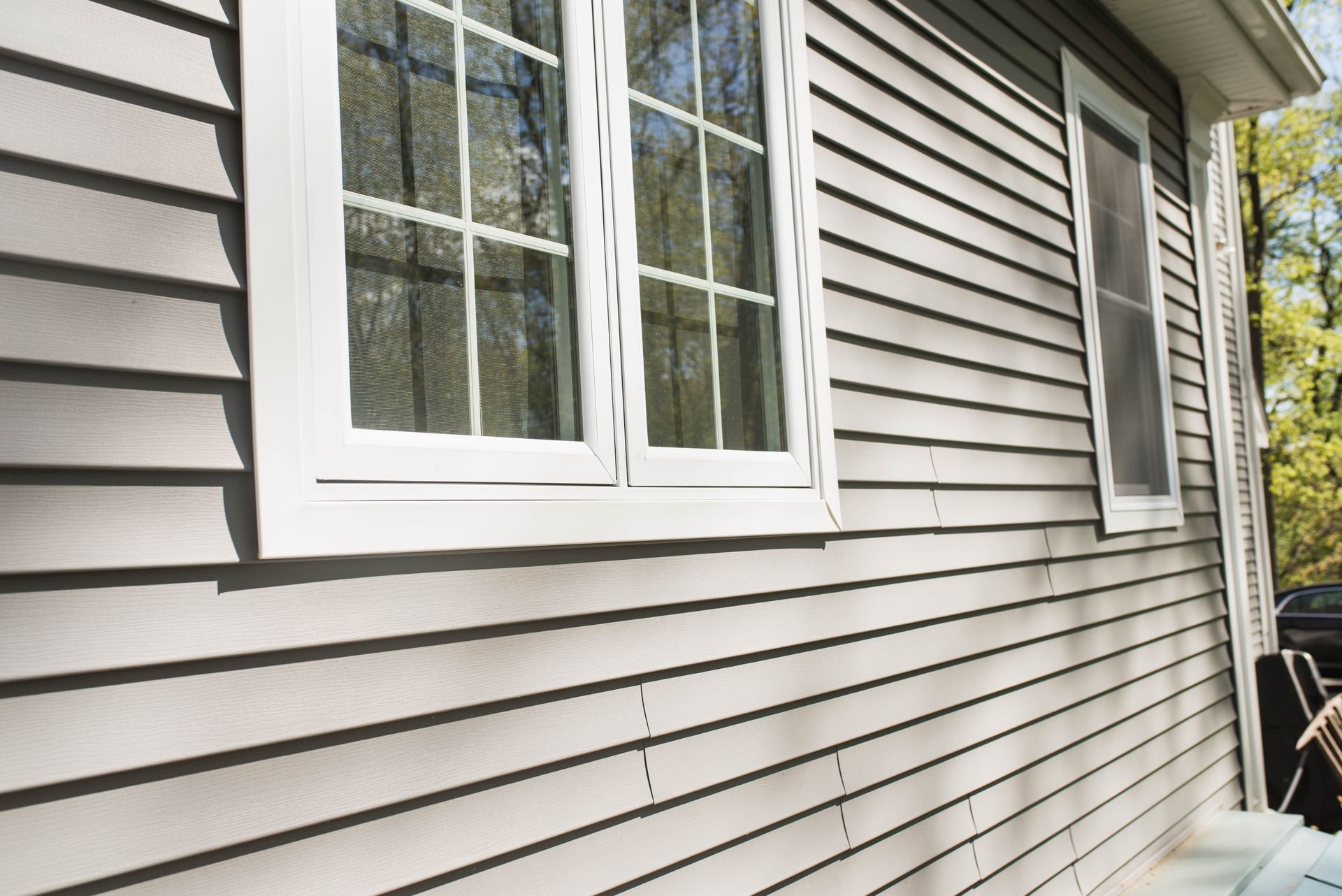
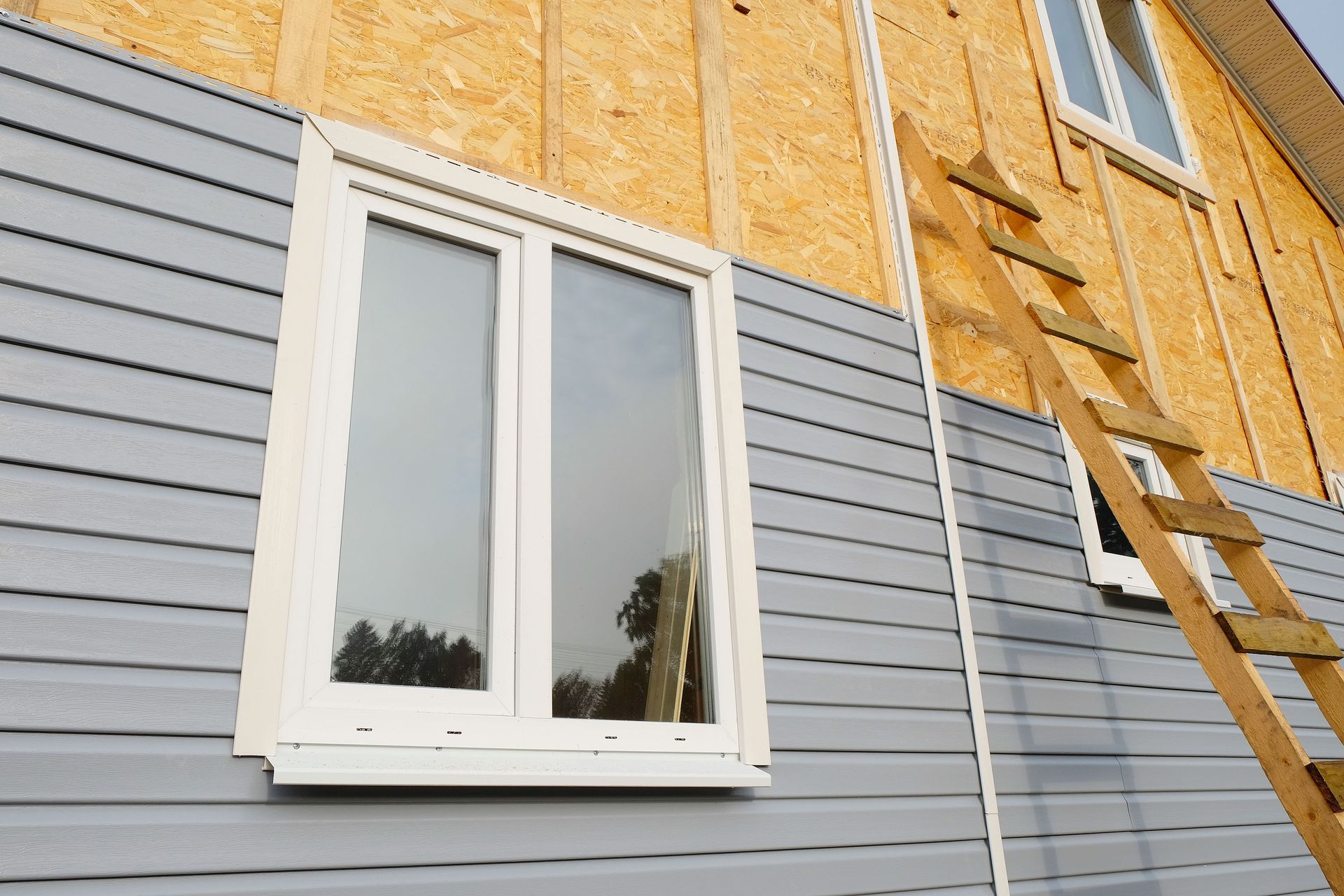
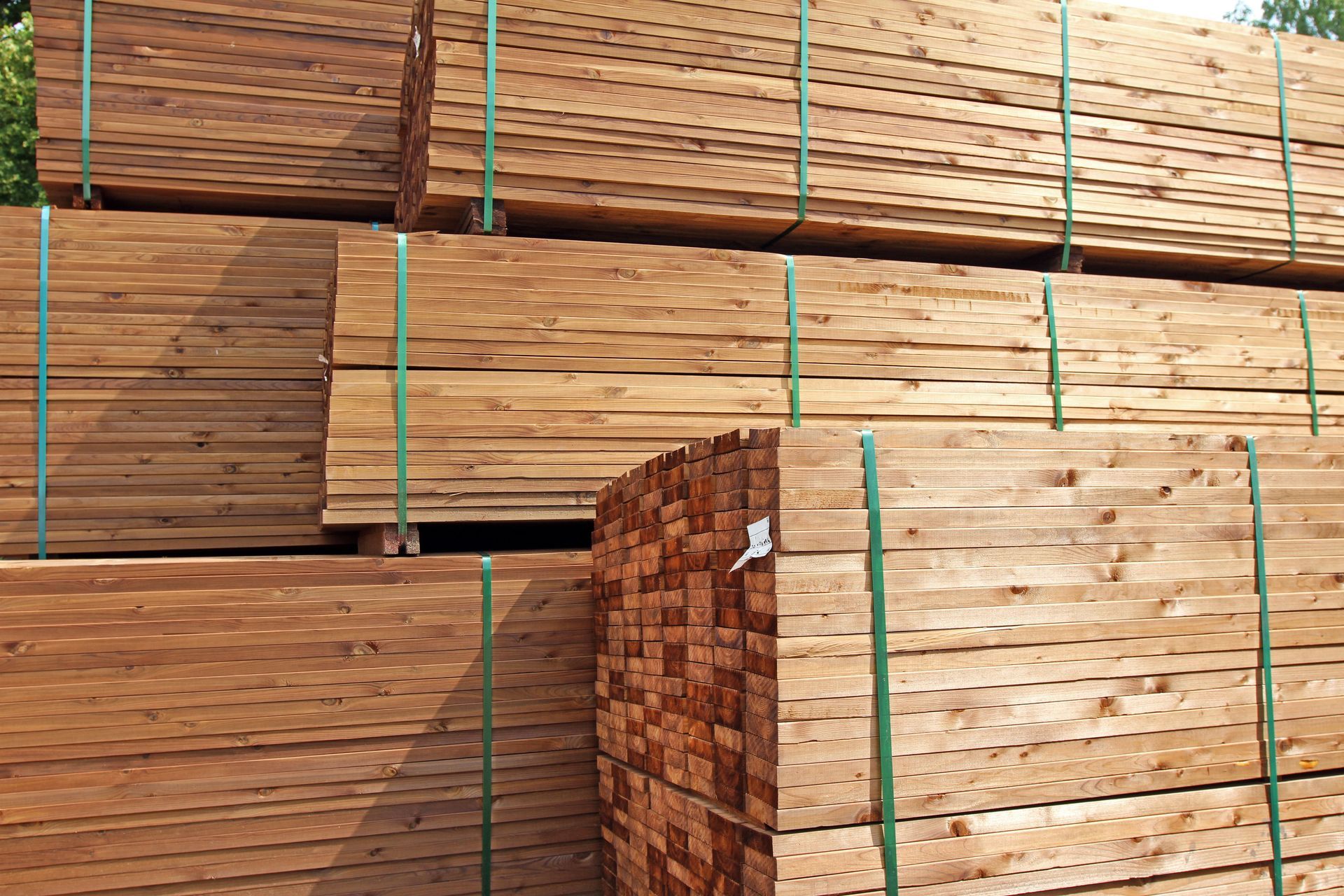
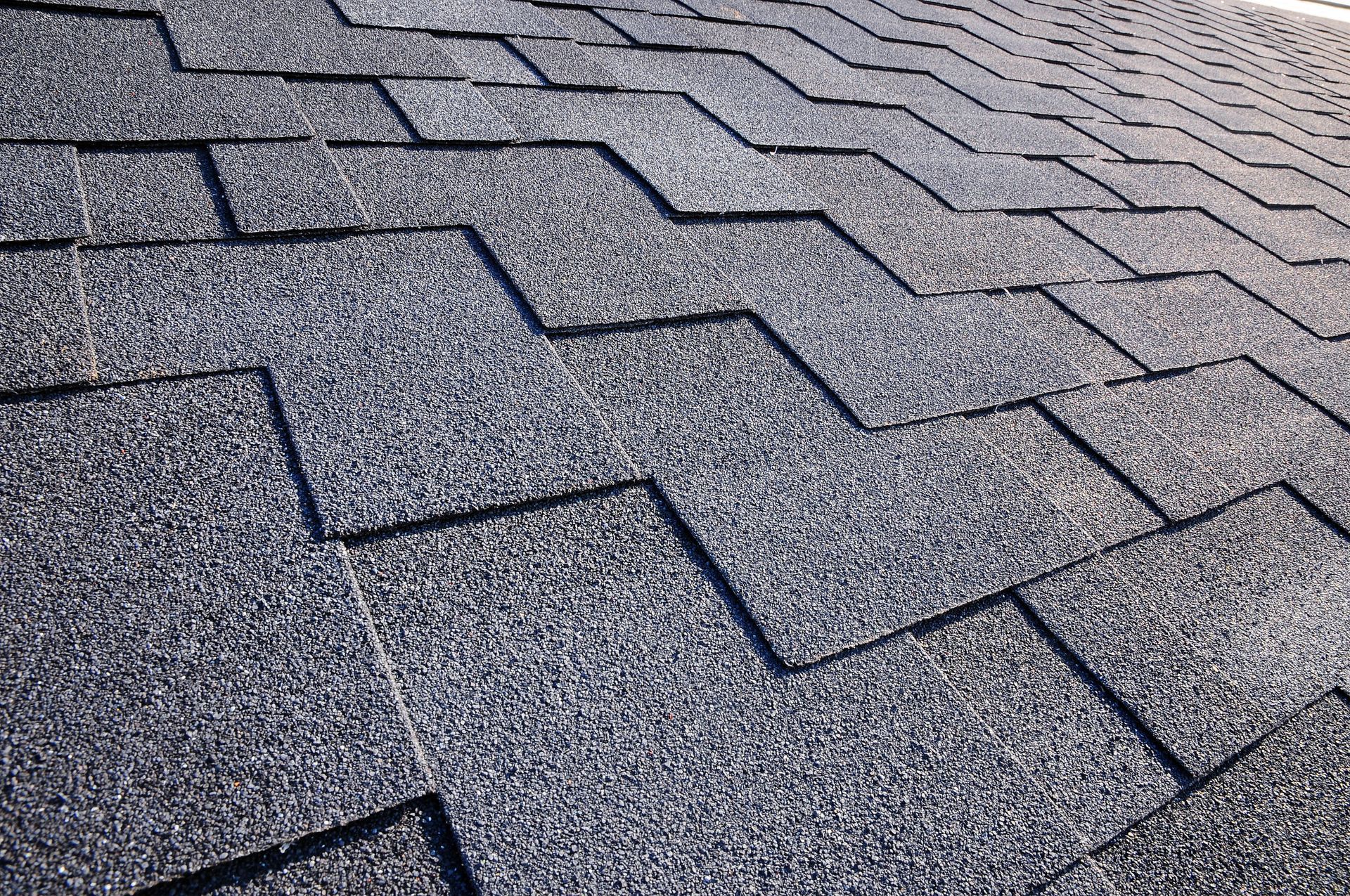
Share On: